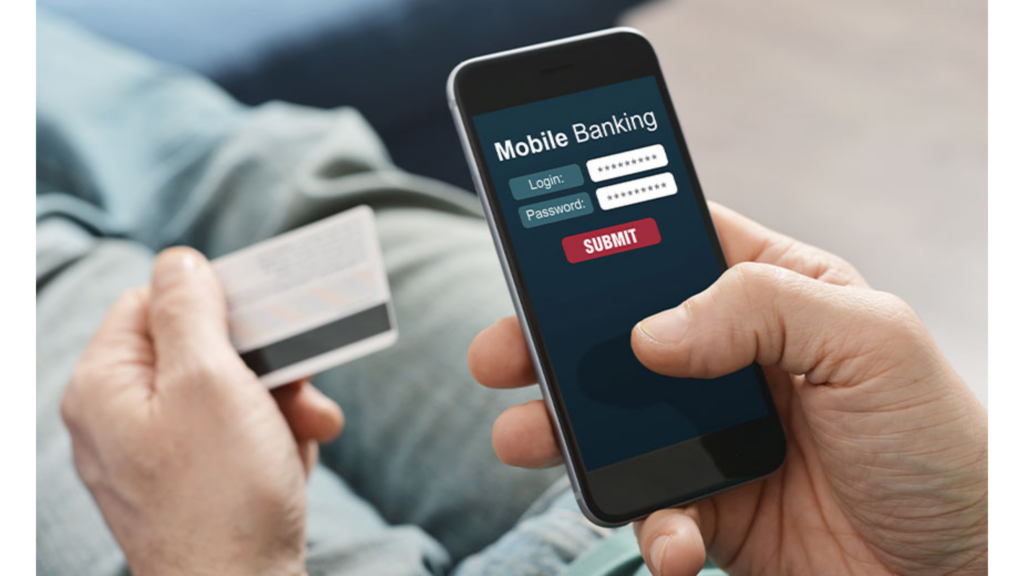Rent Collection
Rent collection is a vital property control issue and serves as a primary source of income for landlords and actual property buyers. Effective series of leases, which are not the easiest, ensure steady cash flow, but also promote high-quality relationships between landlords and tenants. In this guide, we can discover the importance of effective lease enforcement, different methods, pleasant procedures and equipment that can simplify the way for both parties.

The Importance of Timely Rent Collection
Timely collection of rent is essential for maintaining the financial viability of apartment buildings. Consistent cash flow allows landlords to cover mortgage payments, property renovations and other expenses while ensuring their investment pays off. Late payments can cause financial pressure and may require landlords to do so, including evictions, which can be expensive and time-consuming.
Methods of Rent Collection
Manual Collection
Manual lease collection is a conventional method where landlords personally collect rent from tenants, both in cash and by check. This system generally involves fitting tenants in male or female designs or mailing them to a chosen address. While it allows a non-public connection between landlords and tenants, manual rent collection can be time-consuming and can result in delays if tenants go overpayments or assessments go astray. Additionally, this approach can make record keeping difficult because it lacks the automatic monitoring and reminders provided by digital charge structures.

Online Payment Systems
Online rental fee systems have changed the way landlords and tenants deal with monthly bills, providing a stable, efficient and practical answer for each party. These structures allow tenants to pay rent electronically through a variety of methods such as bank transfers, credit score/debit cards or mobile wallets, often with computer account alternatives to reduce the risk of late fees. For landlords, online payment structures simplify tracking, automate reminders and simplify accounting, helping to control the various effects of payments.

Automated Bank Transfers
Automated financial institution transfers for leasing series provide tenants with a convenient, green and secure approach to paying rent directly from their financial institution debt to the landlord’s account. This process is usually setup as a regular transfer, ensuring that rental payments are made on time without manual reminders or intervention. With automatic transfers, landlords can avoid the hassle of collecting physical payments, and tenants enjoy an easy set-it-and-leave-it system that allows them to stay on track with their bills.

Mobile Apps
A number of mobile rental apps offer a handy and efficient solution for both landlords and tenants to make and track rent from smartphones or tablets. These apps simplify the fee system by allowing tenants to make one-time or recurring payments, view fee history, and set reminders for due dates. They offer landlords tools to automate payment tracking, sending alerts and checking financial information, often reducing late bills and increasing tenant pride.

